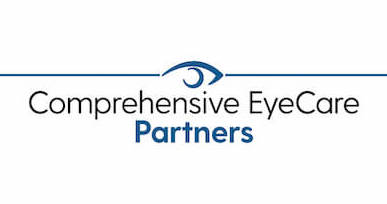
Diabetic retinopathy is a risk for anyone with diabetes. When blood sugar levels are high for a long time, the blood vessels in the retina can become cut off from the rest of the body.
This causes the vessels to swell, leak, and become weak. When the retina suffers damaged, it can cause vision loss.
This damage is irreversible. It’s important to diagnose diabetic retinopathy in the early stages to slow down its progression.
This can help to save your vision. But diabetic retinopathy can be hard to spot since there are no symptoms in the early stages. Keep reading to learn more!
Symptoms
In the early stages of diabetic retinopathy, there aren’t any visual signs of the disease. This can make it impossible to spot on your own.
But an eye doctor will be able to spot subtle signs of retinopathy by examining your retina. This means that your best chance for early diagnosis and preventing vision loss is to have regular eye exams. The higher your risk, the more often you should have exams.
In later stages, diabetic retinopathy does show symptoms. These symptoms are primarily forms of vision loss like gaps in your visual field, floaters, and blurry vision.
But by the time these symptoms appear, you cannot reverse them. If you have diabetes and experience any kind of vision loss, see an eye doctor as soon as you are able.
Risk Factors
Some people are more at risk than others when it comes to diabetic retinopathy. Not everyone with diabetes has the same risk of developing diabetic retinopathy.
You’re more likely to develop diabetic retinopathy if your diabetes isn’t well managed. If your blood sugar is frequently out of control, the blood vessels in your retina are more likely to become blocked.
Even if your diabetes is well managed, you may still develop diabetic retinopathy at some point. The longer you have diabetes, the higher your risk.
The good news is, if your blood sugar levels stay under control, you’re likely to only develop it later in life. As long as you have regular eye exams, you may be able to have it diagnosed in the early stages and slow down the disease.
Diagnosis and Treatment
Only an eye doctor can diagnose you with diabetic retinopathy. You cannot diagnose it yourself, even if you experience symptoms.
Once you are diagnosed, your eye doctor can recommend different kinds of treatment.
Unfortunately, there is no cure for diabetic retinopathy. Although there’s no cure, you can manage the disease and preserve your vision.
In the early stages, it can be managed by getting your blood sugar levels under control. The most important thing about early diagnosis is that it allows your doctor to monitor the progression of the disease. From there, they can determine when you need treatment to prevent vision loss.
There are a variety of treatment options. Some involve injecting medicine into the eye, with either steroids or anti-VEGF medication.
VEGF is a protein that triggers blood vessel growth. Suppressing it can stop blood vessels on your retina from growing out of control. These injections do need to be repeated to remain effective.
There are also surgical options, including photocoagulation. This involves using a laser to burn leaking blood vessels.
Burning the leaking blood vessels seals them off and reduces leakage. A vitrectomy may also be used to remove part of your vitreous.
This is the gel-like fluid that fills your eye. Removing part of the vitreous helps reduce tension on your retina.
You may need to have these surgical procedures repeated to prevent damage to your retina.
Your doctor may recommend more than one treatment depending on how serious your diabetic retinopathy is. Together, you can discuss what’s best for you.
Are you a diabetic and concerned that you may have diabetic retinopathy? Schedule an appointment at Shepherd Eye Center in Las Vegas, NV with one of our ophthalmologists today!


